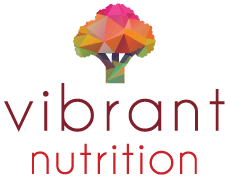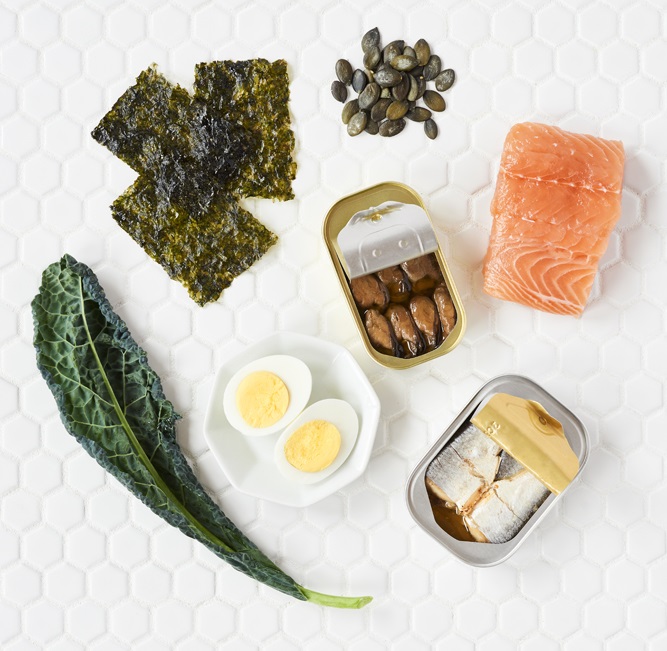August 2nd, 2018
What’s in Your Smoothie?
Smoothies are as popular as ever for a quick breakfast in the morning, meal replacements, after workout fuel and even as snacks for kids. They range from simple fruit and water to a variety of added vitamins and herbs, and are touted for being an easy way to get a LOT of stuff into one drink!
More recently they’ve become part of an internet sensation known as “smoothie bowls” that look more like art than food, and are much more work than the quick convenience drink we love. But at their core, smoothies can be a quick and convenient opportunity to get some extra fruit and veggies into our diet. But be mindful that they can add on a ton of additional calories and free sugar, AND cost. Also depending on what you’re putting into them, and they aren’t always as filling as we would like! Plus for parents, the smoothies you’re making for your kids should have a MUCH different make-up then some of the adult versions.
Here is our breakdown of smoothie ingredients and how to get the positives out of them, without unwanted extras.
Fruit
Smoothies are a great opportunity to get some more fruit in your diet- and easy to have on the go too! Fruit generally provides most of the tasty flavour- meaning you don’t need to add extra sweeteners or flavoured products such as vanilla yogurt on the side. Unlike juice, using whole fruit means that you are retaining more fibre, vitamins, minerals and flavour in the drink, providing more benefits for your digestion and gut health.
What’s important to keep in mind here is portion size. One serving of fruit is generally a medium fruit, ½ cup of berries, or ½ of a banana. Try to keep your smoothies to about 2 fruit servings, and AVOID adding juice!! While fruit it is healthy and full of vitamins, adding more than a couple servings can be too much sugar at once, especially for kids.
Tip- pre-freeze portions of mixed fruit to make smoothie assembly easy. This is a great way to save fruit that you can’t eat before it goes bad and makes your smoothie extra cold and creamy. (Especially if you’re using frozen bananas- YUM).
Greens
Adding greens to your smoothies is an excellent way to get more veggies in your life! And when mixed with fruit, vegetables are nicely balanced for kiddos. Make sure to let them know there’s veggies in there, it will be exciting to see how versatile in taste they are and great for introducing leafy greens. Spinach works great here since the taste is quite mild. Remember that adding real greens is always preferable to powdered supplements The fibre is generally more intact which makes it more likely to keep you feeling full. Add a cup of spinach to your liquid first in order to break it down as much as possible before adding other ingredients. It will make for less discernible pieces of greens to taste and get stuck in your teeth.
Choosing a Liquid
Don’t add fruit juice to your smoothie. It adds extra calories and sugar without the benefit of fibre, even if it’s 100% pure juice. Whole fruit is always preferable and provides enough sweetness on its own. Water is the best choice to add to reduce the thickness of the other ingredients, especially if you’re using frozen fruit. Using milk or milk alternatives can be a good choice too as it can add some protein (with dairy or soy), calcium (dairy, soy, or fortified beverages), and can add a more creamy texture. Just keep the portion size in mind for this too. If you need a lot of liquid, add one serving size of milk or alternative, and then use water for the rest.
Texture Add-Ons
Yogurt is a popular smoothie add-on to provide a nice creamy texture more similar to milkshakes. And it’s certainly a great way to add some calcium, protein, and probiotics (healthy bacteria for your gut). As with other ingredients, just keep the portion size and added sugar in mind. Use a plain, unsweetened yogurt- greek is often a good choice here. Kefir also offers similar benefits and has a higher lactic acid (more bacteria) content. And if you’re looking to avoid yogurt, there are many other options to add a thicker texture. Bananas- especially frozen- add lots of creaminess. Avocados are also a great fruit choice with their mild flavour and healthy fats. Just keep the portion size to ¼ fruit. For more protein, add a couple tablespoons of your favourite no sugar-added nut butter for thickness. Or if you’re looking to keep calories as low as possible, just add ice.
Protein Powders
Protein and meal-replacement powders have become a popular smoothie add-on for athletes, busy morning meals, and for anyone concerned about getting enough protein in their diet. If you are using these, there are a few important things to keep in mind. The main question to ask yourself is why am I adding this? Is your diet lacking protein or do you have additional protein requirements? Because as a general rule, North Americans get enough protein in their diets, even vegetarians. Protein powders can be great if you’re using smoothies as a meal replacement. But as always, whole food is a better choice to fill your needs and will keep you fuller. You can add real-food protein to your smoothie through yogurt, dairy, nut-butter, and even some beans and lentils. (No kidding- milder flavoured pulses blend up very well).
If you’re set on using a powders, check the labels to make sure there’s no extra sweeteners, and minimal food additives and fillers. The choice between whey (milk protein) versus plant-based powders can sometimes come down to how well you digest them. Some proteins in isolated form can cause bloating and other side effects. Unfortunately most protein powders have been shown to be high in heavy metals when tested. Same for meal-replacement formulas with tons of added vitamins and minerals. These may seem like a dream product, but in reality you can usually get everything you need from your diet and isolated nutrients don’t always absorb the same as whole food. Save on the cost and try to fortify your diet with healthy, whole foods instead.
IMPORTANT: it is NOT appropriate to use protein powders in smoothies for children!! Contaminants and excessive protein DO NOT help a child in any way.
Other Powders and Add-Ons
If you walk into a health food store, you will see tons of ingredients made for adding to smoothies with numerous suggested health benefits. Some of these are known as “Adaptogens”, which are herbs suggested to help with the ability to adapt to stress. (You can see our segment on CTV Your Morning about that here). Some are powdered forms of vitamins and minerals from natural sources such as kelp or algae. Others add omegas in the form of flax seeds or oils. So are they worth the price tag?
Truth is, in a lot of cases we do not have enough evidence to say that these definitively work or don’t work. It’s difficult to assess the health benefits of individual ingredients, and for the most part, small amounts won’t do any harm. What we do know is that these products can really add up in cost, so you really have to consider if it’s worthwhile for you to spend on these products.
Our advice is to get as much as you can from real food in terms of vitamins and mineral add-ons. Choose products that are not full of food additives and preservatives. There are definitely benefits to adding seeds such as flax and chia, as they provide omegas, vitamins and fibre. But be aware of the portions you’re adding as those healthy fats do come with some extra calories (not to mention they can stick in your teeth). Beware of any additions that are trying to sell you “miraculous” outcomes. There are certainly products that can provide benefits, but nothing is a cure-all or a replacement for a generally healthy and balanced diet and lifestyle.
Also check with your doctor, herbs are POTENT and can interact negatively with medications, and are not necessarily safe in pregnancy or breastfeeding mothers.
Kids Smoothies vs Adult Smoothies
Keep your kids’ smoothies simple! These can be a delicious and healthy snack for kids- assuming you aren’t adding tons of extra sugar and calories. Use whole fruits and vegetables, keep portion sizes reasonable and DO NOT add fruit juices, or any of the protein powders or other supposed health-enhancing powders mentioned above. While adults may have the digestive system that can handle some of the added herbal products, your children are still developing and may not be able to process some of these ingredients. If you’re concerned about your child’s protein intake, you can try some of the whole food additions mentioned above. But talk to a dietitian or doctor before adding protein powders to avoid unnecessary tummy troubles.
Are smoothies good for weight loss?
Here’s the deal with smoothies as meal-replacements- liquid is rarely as filling as whole food. And from what we’ve mentioned above, it is very easy to pack calories into smoothies too. They can absolutely be a part of a healthy diet, and part of your weight loss goals. But as a general rule, focusing on eating filling whole foods and developing healthier eating patterns is a much better strategy than replacing your meals with smoothies. It isn’t sustainable to drink your meals long term and can leave you more likely to eat more later in the day.
So where is our obligatory stunning smoothie bowl picture?
Don’t get us started on smoothie bowls. Why are they blue?! Who eats violets?! Why do you want to take such a delicious and quick convenience food and pour it into a bowl? Who has time to decorate them like that? We don’t get it. Remember, your food doesn’t need to be a stunning Instagram-ready creation to be nourishing and healthy. Enjoy your smoothies for what they are- a quick and delicious way to up your fruit and veggie intake in the midst of your very busy lives.

